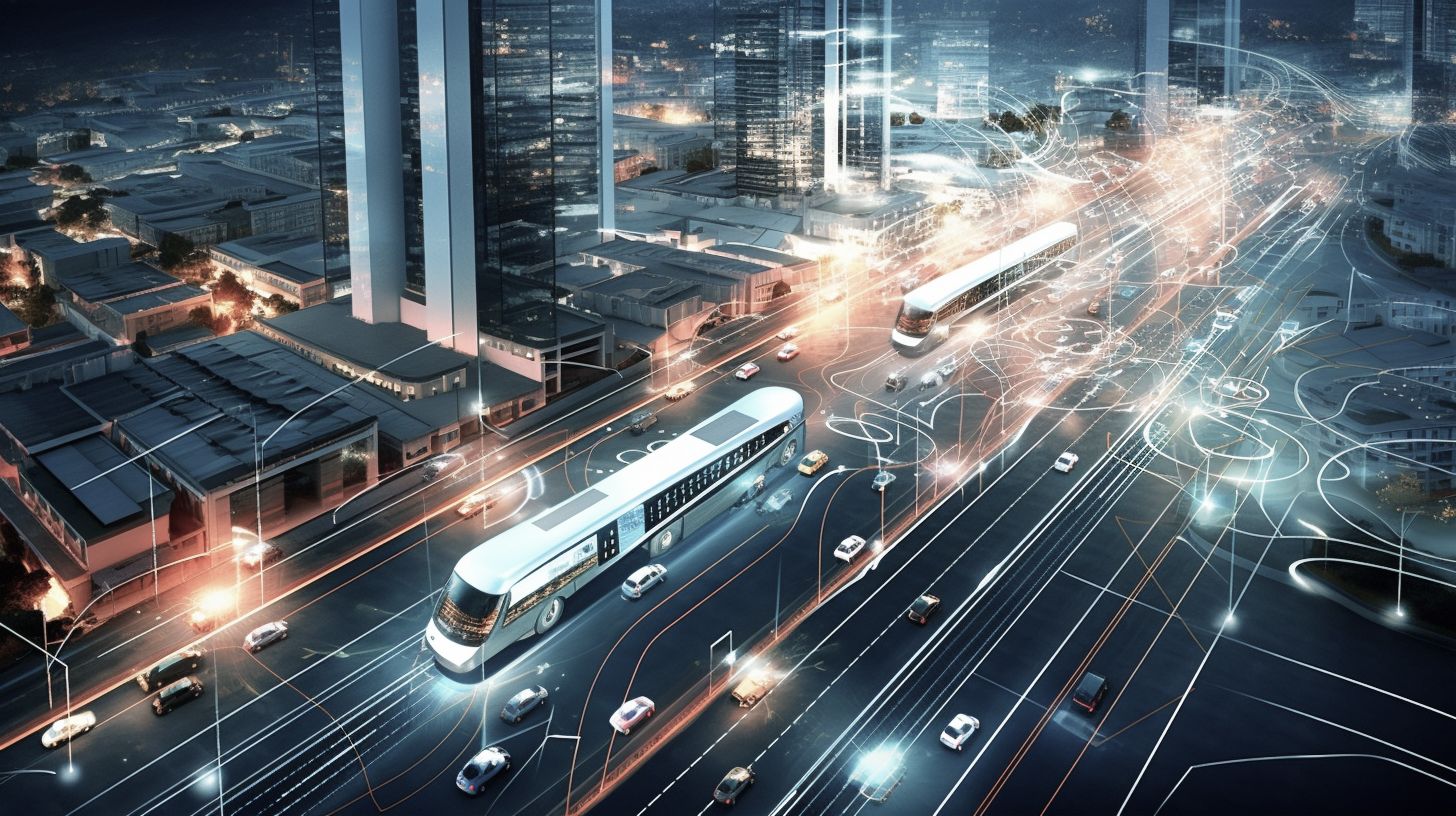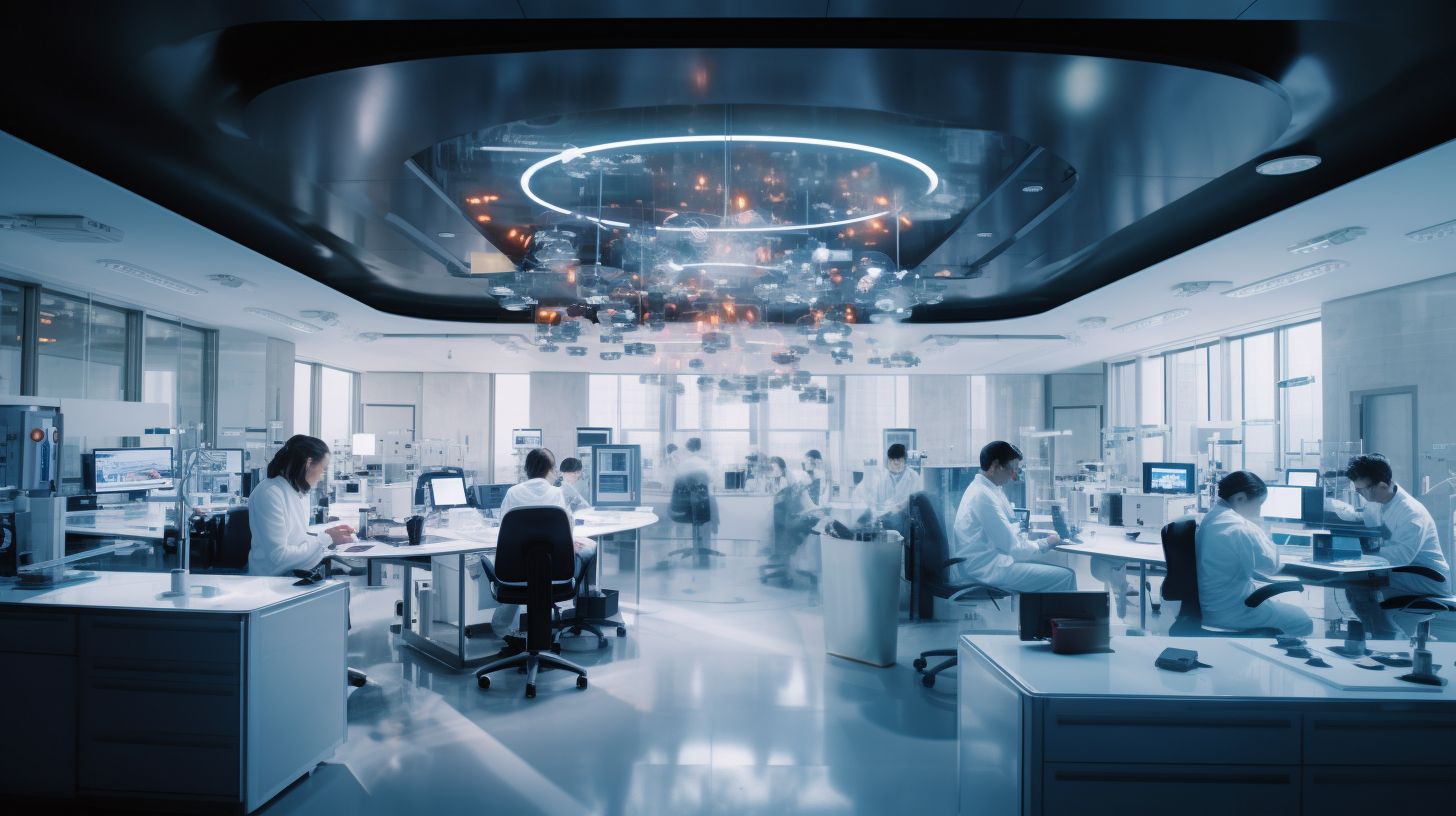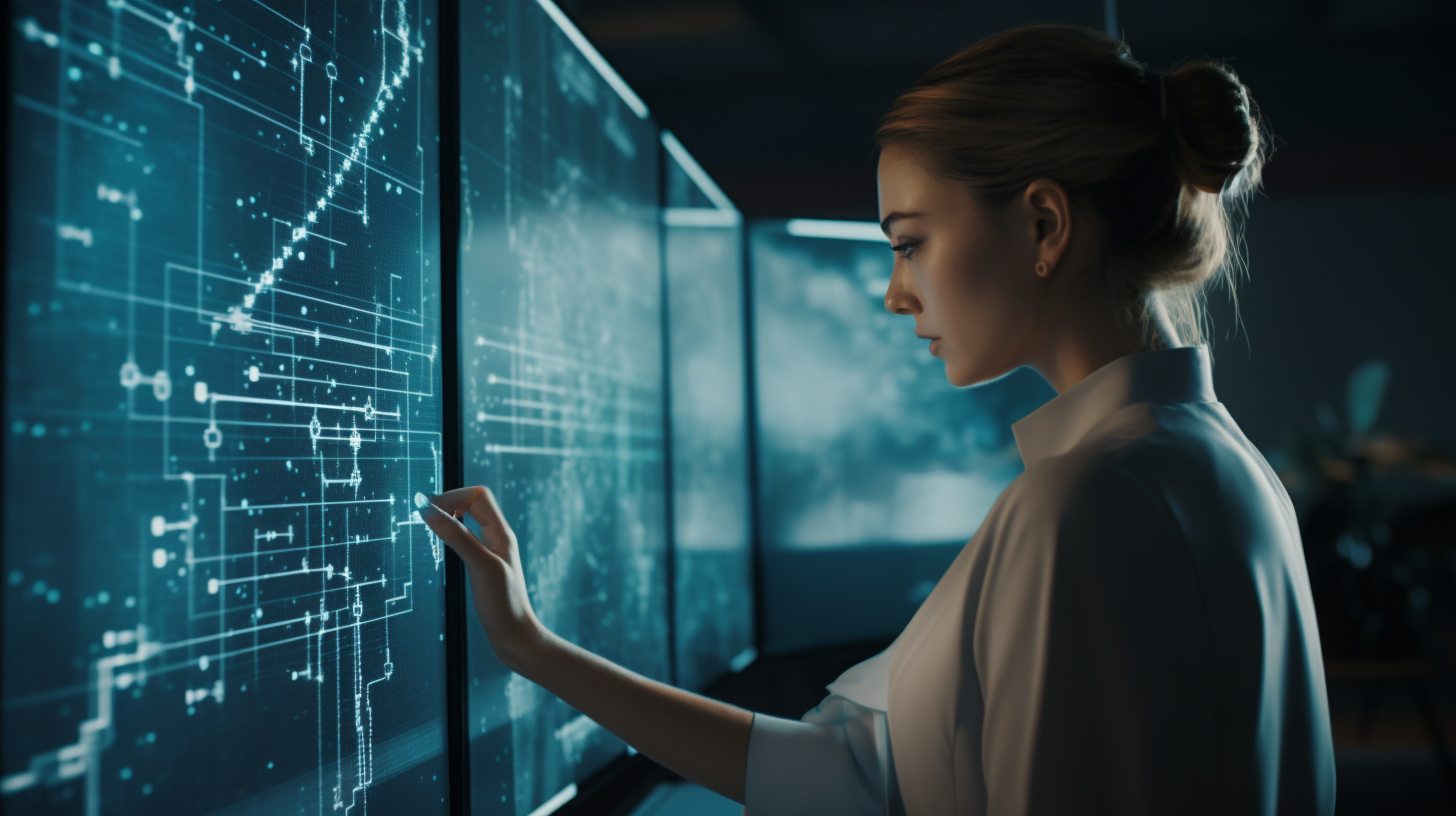Human-Telematic: The Next Frontier in Human-Technology Interaction
- will M&A consolidation promote digitalisation?

We are stepping into a new epoch of human-technology interaction, an epoch shaped by rapid technological advancements: Human-Telematics. This pioneering development integrates the powers of telematics, machine learning, and artificial intelligence (AI), aiming to refine the interaction between humans and technology, thereby reshaping our lifestyle, work culture, and entertainment. With our increasing dependence on technology, Human-Telematics is poised to become instrumental in sculpting our future digital experiences.
Telematics— the long-distance transmission of digitized information, similar to the use of digital files and predictive analytics in healthcare— has been a game changer across various sectors. It has brought about drastic transformations in fleet management, telecommunications, and the automotive industry. Now, the evolution of telematics is spearheading the advent of Human-Telematics, opening up avenues for sector-wide metamorphosis. Human-Telematics promises a plethora of benefits, including heightened productivity, informed decision-making, and a superior user experience. This forward-thinking approach to human-technology interaction signals the beginning of an era marked by effortless integration and heightened efficiency. This dynamism is reflected in recent M&A activities, which have yielded high EBITDA multiples over the past years, underlining the confidence investors have in future progress.
Applications of Human-Telematic within Various Industry Verticals
Firstly, within the modern workplace, Human-Telematic technology stands as a potential game-changer. It has the capacity to enhance productivity by automating mundane tasks, enabling remote work, and orchestrating a more seamless workflow. With the strategic deployment of machine learning and artificial intelligence, Human-Telematic systems can delve into employee performance and behaviour, offering tailored recommendations for improvement. The downstream effect of this includes better employee engagement, increased job satisfaction, and elevated retention rates. As a result, organisations equipped with Human-Telematic technology are better prepared to sail smoothly in the ever-changing landscape of work, maintaining a competitive edge in their respective industries.
Venturing into the realm of healthcare, the fusion of Human-Telematics paves the way for improved patient outcomes, streamlined medical procedures, and enhanced disease management. Remote patient monitoring systems harnessed with Human-Telematics can relay real-time data to healthcare professionals, facilitating prompt intervention when needed. Furthermore, by analysing patient data and identifying patterns, Human-Telematics can act as an early warning system for potential health issues. With a growing and ageing global population, this technology becomes even more significant to counter challenges in healthcare systems worldwide.
Lastly, education, another pillar of society, stands to gain massively from Human-Telematics technology. It has the potential to revolutionise the sector by offering a personalised learning experience, enabling remote learning, and presenting new pedagogical and assessment methodologies. Through advanced algorithms, Human-Telematics systems can understand students' learning patterns and modify teaching methods accordingly. This level of personalisation can lead to better student engagement, improved knowledge retention, and overall, higher academic performance. As education continues to digitize, the integration of Human-Telematics technology will play a pivotal role in preparing students for success in a rapidly evolving world.

Challenges and Opportunities of Human-Telematic
While the upsides of Human-Telematic technology are promising, like most advancements, it does come with its fair share of challenges. Privacy and security, in particular, sit at the forefront of these concerns. Given that Human-Telematic systems are largely hinged on the collection and analysis of user data, ensuring robust protection of this data, and addressing privacy concerns are paramount in gaining user trust and encouraging wider adoption of the technology. As our global community gets more intertwined, navigating these challenges becomes crucial for the responsible and ethical roll-out of Human-Telematic technology.
Looking from the perspective of mergers and acquisitions (M&A), these challenges and opportunities can provide a fertile ground for investment and consolidation. Businesses that recognize the value and potential of Human-Telematic technology can secure a significant competitive edge through strategic M&A. Acquiring or merging with companies that have expertise in Human-Telematics can fast-track their own capabilities, benefiting from improved decision-making, increased productivity, and enhanced user experiences. This can consequently translate to higher customer satisfaction and brand loyalty.
As we move ahead, technology continues to stride forward. Early adopters of Human-Telematics that strategically leverage M&A to bolster their capabilities will be better positioned to reap its benefits, staying ahead of the competition. More so, companies that place innovation at their core and welcome Human-Telematic technology can significantly influence the future of their respective industries, thereby setting new efficiency and customer satisfaction benchmarks.
To seamlessly embed Human-Telematic technology into their operations, businesses will need to seek strategic alliances with technology companies and other industry players. Cross-industry collaborations, like the one displayed by Ford & Google with their vehicle health insights and driver behavior monitoring dashboard, can open doors to innovative solutions that meet each sector's unique challenges and opportunities. These alliances can also serve as a platform for sharing best practices and addressing potential regulatory roadblocks.
Through strategic M&A activities and partnerships, companies can foster a cooperative spirit and exchange of information. This could pave the way to a more rapid adoption of Human-Telematic technology, allowing the realization of its maximum potential across various sectors.
Transactions in Human Telematic
The Human-Telematic sector has seen significant M&A activity in recent years. A consolidation has taken place and resulted in several deals, strengthening the digitalisation of established companies.
Otto Group acquires medgate
Similarly, the Otto Group has acquired a majority stake in Medgate Holding, a provider of digital health services, and simultaneously acquired BetterDoc GmbH, a data analysis service that helps patients identify suitable doctors and clinics for their illness in the DACH region.
CompuGroup Medical acquires Medicus Laboratory
CompuGroup Medical announced in November 2022 its acquisition of Medicus Laboratory Information Systems from Diagnostic Systems Consulting, a US-based developer of laboratory information systems. This acquisition will enable CompuGroup Medical to strengthen its relationships with value-added resellers in the US healthcare market and leverage the Medicus network of healthcare organizations and consultants selling its LIS solutions within the healthcare continuum.
ZAVA acquires Sprechstunde Online
Meanwhile, Zava, a British telemedicine provider, has acquired Sprechstunde.online, an Essen-based provider of video consultations, to expand its telemedicine services to all patients.
ResMed acquires Mementor
Finally, ResMed has acquired mementor, a Leipzig-based company that developed somnio, a digital insomnia therapy solution, strengthening ResMed's overall sleep portfolio in Germany. These M&A activities in the human telematic sector have led to the expansion of companies' digital health services, increasing access to home treatments and improving healthcare services .
Conclusion
As humanity forges ahead into a future driven by Human-Telematic, businesses, governments, and individuals must recognise the potential impact of this technology on their respective domains. By staying informed and proactively addressing challenges, we can ensure that Human-Telematic technology is harnessed to its full potential, ultimately improving the human condition. Rising M&A activity in the human-telematic sector is a sign of consolidation and paves the way for innovation.

